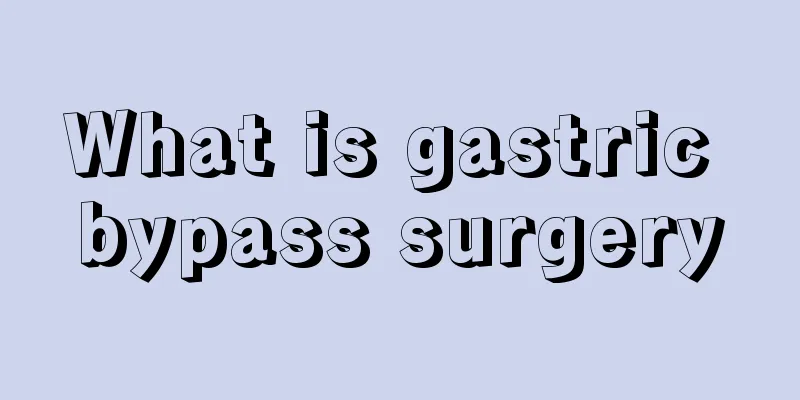Should I run after eating or eat after running

|
Running is a sport suitable for all ages and is very helpful for everyone to stay healthy. Depending on their specific circumstances, everyone chooses a different time to run, so there are people running from morning to night. But if you run at the wrong time, not only will it fail to achieve the effect of exercise, it may even harm your health. So, should you run after eating or eat after running? Running or exercising after a meal can sometimes cause abdominal pain, which may be caused by the following reasons: 1. After a meal, the stomach is full of food, and the gastrointestinal tract vibrates during exercise, causing the mesentery connecting the gastrointestinal tract to be stretched, causing abdominal pain. 2. During exercise, blood distribution shifts from the digestive tract to the skeletal muscles, causing ischemia in the digestive tract and leading to spasm of the gastrointestinal smooth muscles, thus causing abdominal pain. 3. During exercise, the body's oxygen demand increases. People who lack exercise usually have small lung capacity, so when they try to breathe hard, they are likely to have shallow and rapid breathing. This reduces the negative pressure in the chest cavity, causing obstruction of blood return to the liver, which leads to liver congestion and increased tension in the liver capsule, causing liver pain, which manifests as pain in the right upper abdomen. 4. Other gastrointestinal diseases, including appendicitis, happen to occur during exercise after a meal. In the first three cases, the abdominal pain will be relieved quickly after the exercise stops. The fourth situation is an organic disease. The pain lasts longer than the first three, and in most cases it will gradually worsen. For this kind of abdominal pain, you should go to the hospital for diagnosis and treatment in time. The length of the interval between a meal and exercise largely depends on the type of meal and the amount consumed. Other determining factors include age, physical condition, and exercise intensity. Let's assume that this reader is an average middle-aged person! If you have a large meal before exercise, and most of the meals are high in protein and fat, the interval should be more than two hours; if the meal is small and mainly carbohydrates, the interval can be shortened to 30 minutes to 1 hour. It's best to make any changes gradually, but if any muscular or digestive problems occur, pause. Generally speaking, it is more appropriate for people who do not exercise regularly or those who are weak to exercise 0.5 to 1 hour after a meal. Formal exercise and intense competition are best done 1.5 hours after a meal. It is not advisable to do strenuous exercise after a meal, but it does not rule out doing relaxing exercise after a meal. Everyone can do appropriate exercise according to their own conditions, such as walking or doing other light activities, which is beneficial to improving health. |
<<: Will my legs get thicker after running?
>>: What is the use of expired red wine
Recommend
What are the symptoms of ankylosing spondylitis
Ankylosing spondylitis is also known as ankylosin...
What soup is best to drink after miscarriage
Miscarriage can cause great harm to women's b...
Note: A mass in the right upper abdomen is also a symptom of gallbladder cancer
It is necessary to understand the early symptoms ...
It is best for patients to detect the symptoms of breast cancer in time
In recent years, with the continuous increase in ...
Will the belly get bigger if there is too much moisture?
Dampness in the body is a problem that many peopl...
Remove acne scars and pits
For most people, they have experienced getting ac...
Aloe vera gel treats cracked heels
When our skin lacks moisture, it will become dry ...
What should I pay attention to when I have pimples on my back
Acne is a headache for young people during adoles...
Is skin fibroma harmful and can it be cured?
Most skin fibromas are benign and have little har...
Will tongue cancer affect life expectancy
No matter what kind of malignant tumor it is, it ...
Be careful when choosing a treatment for pancreatic cancer!
Although the mortality rate of pancreatic cancer ...
There is a hard lump under the skin on the outer thigh
Some people will find lumps under the skin when t...
What to do if you vomit or have diarrhea in the middle of the night
Nowadays, most industries operate normally during...
The health-enhancing function of a comb
Everyone knows that a comb is used to comb your h...
Why does my throat hurt after swimming?
When the weather is hot, people want to find some...









